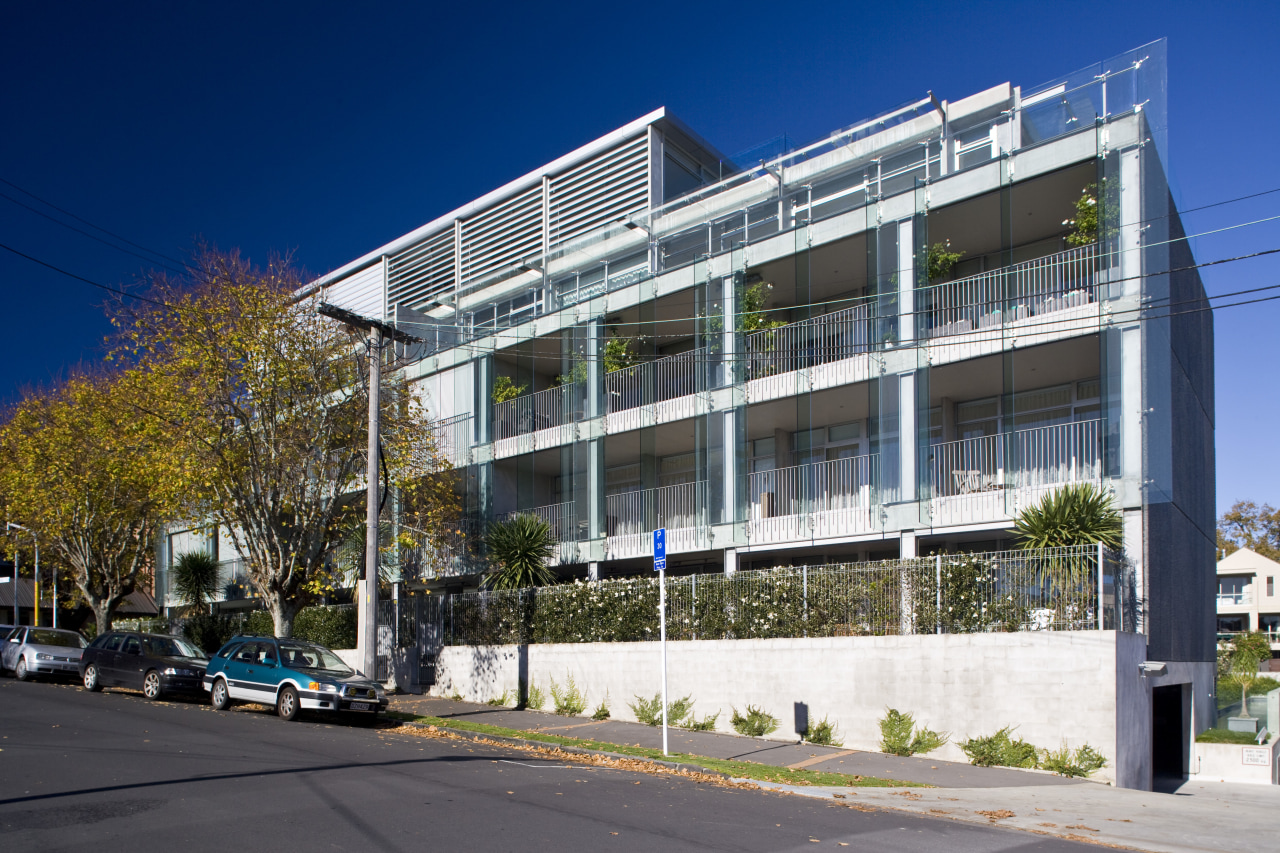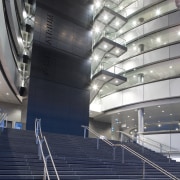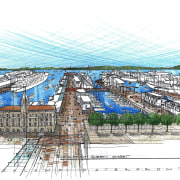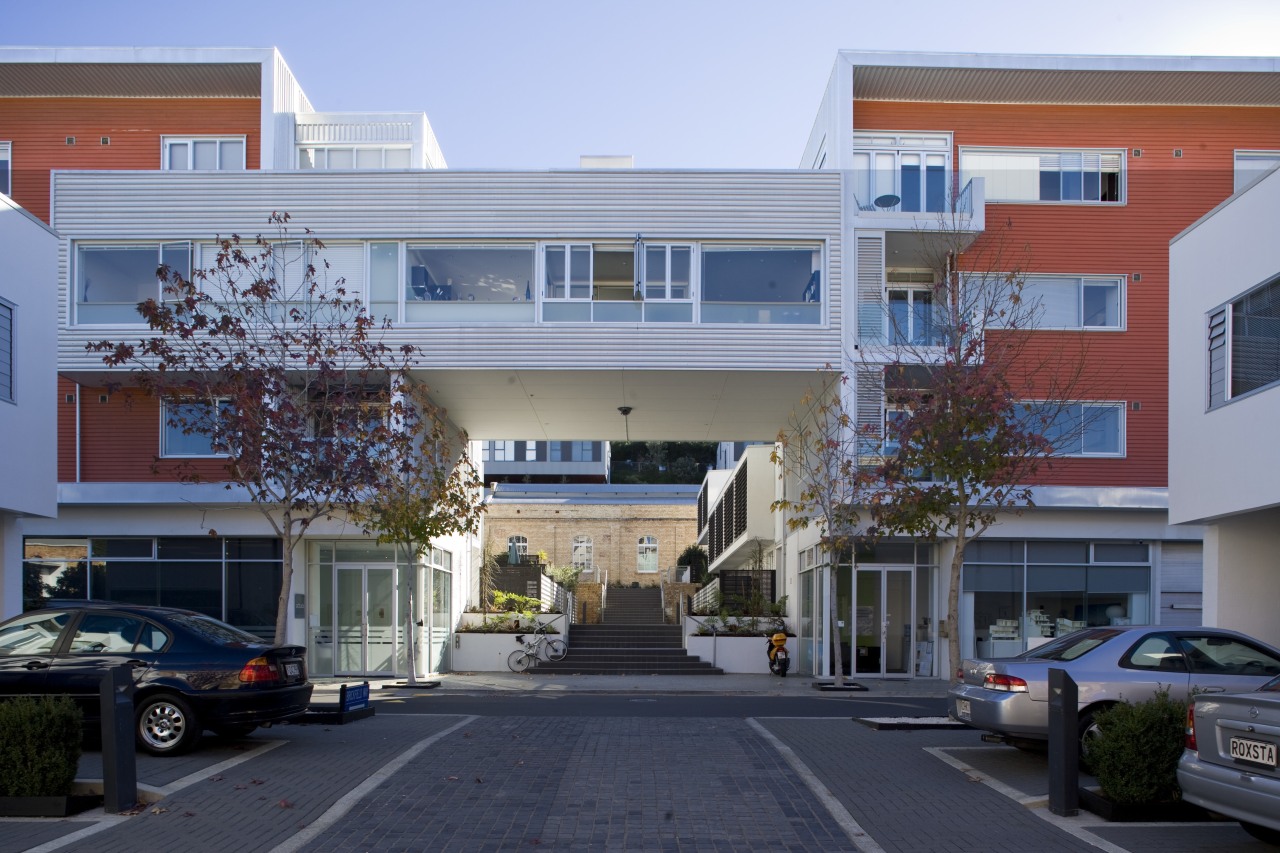Managing changes
Auckland City Council's Urban Design Group is dedicated to bringing Auckland City to international standards, fulfilling the potential offered by its surrounding environment
Youth is an envied state in human terms but for a city entering its adolescence in the fast-paced 21st century, growing pains can ensue. Auckland is a prime example of a relatively young city that has been developed in a haphazard manner over the years, resulting in a sprawl of suburbs creeping out from the centre, and a mismatched, mixed bag of building styles. However, over the past several years, there has been change afoot.
Urban design principles have been on the council's agenda since John Banks' 2001-2004 mayoralty. The 2004 creation of the Mayoral Task Force on Urban Design reaffirmed council's stance, and the group has since been re-endorsed under Mayor Banks' current leadership. The Mayoral Task Force is made up of a team of experts, chaired by Councillor Lotu-Iiga. It is then backed by an Urban Design Team, which currently includes a total of 15 urban designers, deployed in groups throughout the organisation, such as Transport, Property, City Planning and Auckland City Environments.
There are four main workstreams, the first being high-quality leadership. Leading the team is officer champion Ludo Campbell-Reid and general manager for city development John Duthie. With the help of these experts, the team aims to lift the bar in terms of design, creating a better city. To do so, they ensure that every project completed by the council is a catalyst for better urban design in Auckland.
The second workstream relates to planning powers, John Duthie explains.
"Last year, $1.7 billion was spent on private sector building and this year it will be $2 billion. If you can get planning controls in at the early stages of a development, then this will leverage good urban design in the city. To ensure this, we have created a set of district planning controls that must be followed for all new developments."
Following on from the planning powers are controls over the consent process. Most private sector developments are commercial, and all must pass an urban design assessment consent process. The larger of these must go through the urban design panel.
The third workstream is education. The urban design group hosts lunchtime learning sessions for all council staff which includes office staff, as well as other employees, such as parking wardens and librarians. In these sessions, experts are invited to talk on urban design principles and planning. A mayoral conversation program is also available to industry experts and the general public, in which thoughts and ideas relating to the city can be discussed and debated. Since July 2004, there have been over 7500 attendees, says Councillor Lotu-Iiga.
"For the Mayoral Task Force, urban design takes on a wider meaning than simply aesthetically pleasing buildings. The look, shape, size and feel of the architecture is only part of it. It's really about city making, and the integration of built and natural environments. It is about integrating old with new and thinking about how the new development is going to interact with its neighbours. It is important that this is understood by a wide range of Aucklanders," he says.
The final workstream is about recognition recognising best practice and rewarding it when possible. It is for this reason that the council sponsors the Urban Design Award at the Property Council New Zealand Awards.
For Ludo Campbell-Reid, the vision that Auckland City Council aims to bring to fruition is one that sees Auckland become the first choice of all cities in the Pacific. Born and bred in London, Campbell-Reid says it is the potential of Auckland that drew him to make the move south.
"New Zealand is sold to other countries with the powerful 100% Pure NZ advertising campaign, but this ideal isn't necessarily fulfilled when you get up close to Auckland. It should be, as with its harbours and volcanic cones, Auckland has such a unique and beautiful environment. But we also have the highest car ownership per head in the world, and are the third largest city in spatial terms."
In order for a city to fulfil its potential, says Campbell-Reid, there needs to be families, jobs, a high quality of life and a high quality of environment.
"Auckland features highly on quality of life surveys, but that is largely due to the natural surroundings. The aim for urban planners is to make a beautiful city that reflects the natural landscape better. What we have at the moment is an inefficient use of land. If you look at European models you will see that a higher density lifestyle is an accepted and efficient way of making a compact city. We need to make the central city more appealing to all different types of people including families with children."
Figures show that the number of city dwellers is steadily increasing, with 19,000 people calling Auckland's CBD home, as opposed to 5,000 just five years ago. This is perhaps due to a number of steps that have been taken in the central city to make it more appealing to residents as well as visitors. With Britomart has come a more integrated transport system, which allows different transport methods, such as ferries and trains, to be linked. In the future, it is hoped the rail system will continue underneath Albert Street to link with the Western line. But the Britomart project is not just about improving transport, says John Duthie, who has been heavily involved in the project.
"Britomart is about three things: an integrated transport terminal, heritage preservation, and urban regeneration. The heritage buildings around the Britomart precinct are currently being refurbished and recreated for the new millennium. If you visit the area, you now have completed the Northern Steamship building, the Union Fish Company, the Levy Building and, as Mayor Banks recently described it, the grand old lady of Queen Street: the Chief Post Office. There are a total of 17 historic buildings to be completed by 2011."
With the restoration of these buildings comes a regeneration of the area. In order to have more foot traffic and a greater sense of intimacy and action, the ground floors in each building are being leased to retail, and food and beverage, says Councillor Lotu-Iiga.
"These buildings must be mixed-use to bring vibrancy to the area. You want office workers and residents alike using it, so it operates day and night. It is best to place residents at the far end, and offices at the near end of the precinct, as that way you have activity in the streets at all times. The roads in between Quay Street and Customs Street are being reopened. Events and activities are planned to activate the area, with craft markets and farmers markets taking place."
Also in the central city, Queen Street is in the final stages of its upgrade, with the emphasis being placed on pedestrians rather than motor vehicles on the main street. The footpaths have been widened and more pedestrian crossings interspaced between the major intersections. To make the central strip safer for pedestrians, the speed limit is soon to be lowered to 30km/ hour. Public sculptures and artwork have also been installed, and native palm trees planted, to make it more aesthetically pleasing.
A 24-hour dedicated bus route, the Central Connector, is in the midst of being created, linking Newmarket to Britomart with key stops along the way, such as the university and hospital. The route will start at Britomart and run along Customs Street and Beach Road, up Anzac Avenue and Symonds Street, across Grafton Bridge and along Park Road, linking up with existing bus lanes on Khyber Pass Road. It is scheduled to be finished in 2010. To improve the streetscape and make the Central Connector easier to use for pedestrians, 80 new trees will be planted, and 20 new public seats and 41 rubbish bins added.
Along with the Open Spaces framework, which aims to create more parks, reserves and squares in the city, and the facelifts and upgrades applied to such areas as Newmarket's Nuffield Street, Auckland is on its way to becoming a metropolis of truly international standards.
For more information, contact Urban Design at Auckland City Council, phone (09) 379 2020. Email: urbandesignadmin@aucklandcity.govt.nz. Website: www.aucklandcity.govt.nz.
Story by: Trendsideas
Home kitchen bathroom commercial design
Diving into nature
Classic looks, contemporary efficiency
Personality plus












